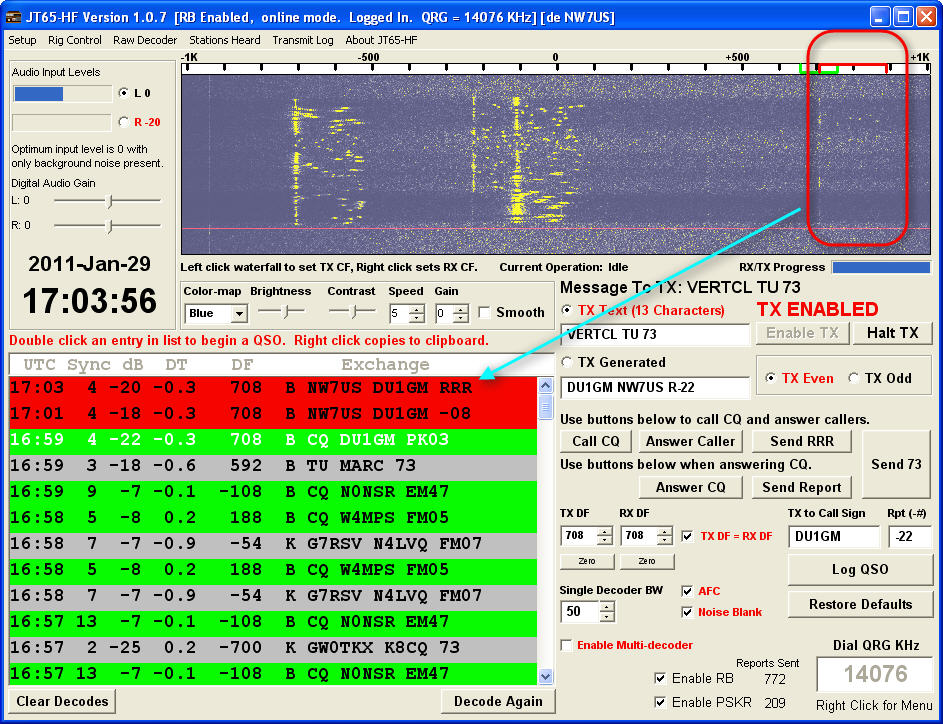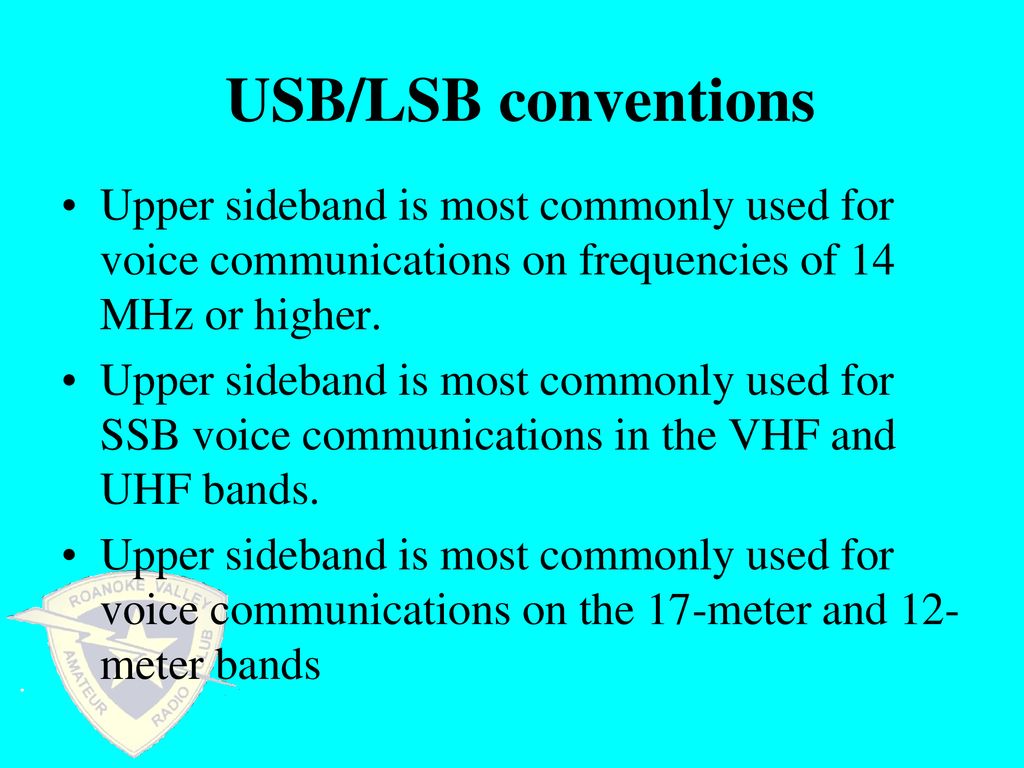

JT65 USB OR LSB LICENSE
Only a person holding an FCC issued amateur operator license may be the control operator of an amateur station transmitting in RACES to assist relief operations during a disasterġ50 to 500 Hz is the minimum separation used to minimize interference to stations on adjacent frequencies on CW. When the President’s War Emergency Powers have been invoked the FCC may restrict normal frequency operations of amateur stations participating in RACES. At any time during an actual emergency an amateur station is allowed to use any means at its disposal to assist another station in distress. Whichever frequency has the best chance of communicating the distress message should be used to send a distress call. If you are communicating with another amateur station and hear a station in distress break in, acknowledge the station in distress and determine what assistance may be needed. Send “QRL?” on CW, followed by your call sign or, if using phone, ask if the frequency is in use, followed by your call sign is a practical way to avoid harmful interference on an apparently clear frequency before calling CQ on CW or phone. A good amateur practice when choosing a frequency on which to initiate a call is to follow the voluntary band plan for the operating mode you intend to use. If propagation changes during your contact and you notice increasing interference from other activity on the same frequency, as a common courtesy, move your contact to another frequency. G2B – Operating courtesy band plans emergencies, including drills and emergency communicationsĮxcept during FCC declared emergencies, no one has priority access to frequencies. The expression “CQ DX” usually indicates, the caller is looking for any station outside their own country Voice VOX operation versus PTT operation allows “hands free” operation. Only one sideband is transmitted the other sideband and carrier are suppressed in the single sideband voice mode. Less bandwidth used and greater power efficiency is an advantage when using single sideband as compared to other analog voice modes on the HF amateur bands. Single sideband is most commonly used on the HF amateur bands.

Upper sideband is most commonly used for voice communications on the 17-meter and 12-meter bands Upper sideband is most commonly used for SSB voice communications in the VHF and UHF bands. Upper sideband is most commonly used for voice communications on frequencies of 14 MHz or higher. Lower sideband is most commonly used for voice communications on the 160-meter, 75-meter, and 40-meter bands Saying your call sign during a break between transmissions by the other stations is the recommended way to break into a contact when using phoneĬurrent amateur practice is to use lower sideband on the 160-meter, 75-meter and 40-meter bands. G2A – Phone operating procedures USB/LSB conventions procedural signals breaking into a contact VOX operation


 0 kommentar(er)
0 kommentar(er)
